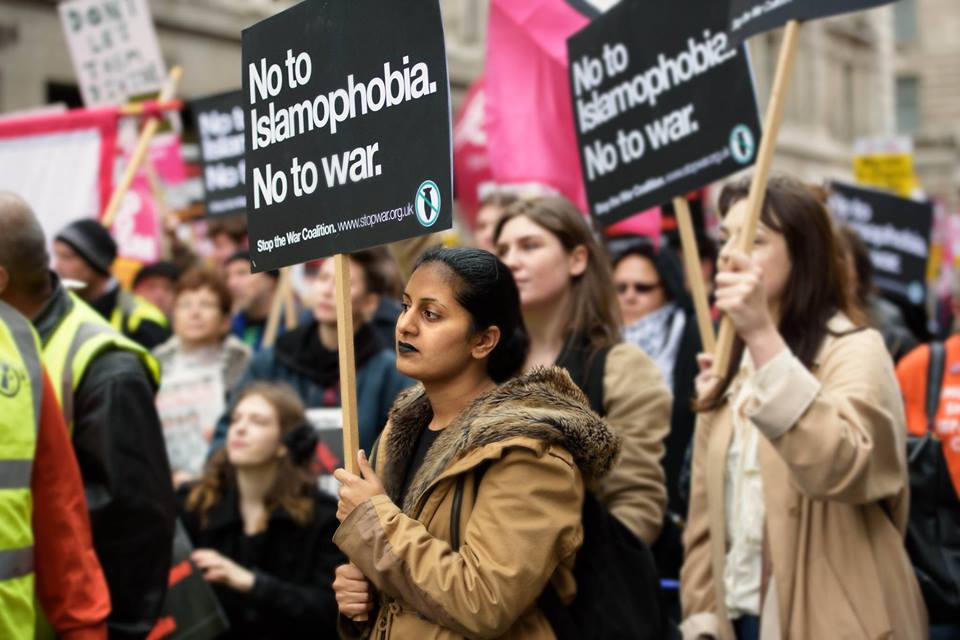The ever present Russia scandal and the constant gaslighting, coming mostly from the White House, have been obscuring a serious, underlying problem with the Trump Administration’s conduct of counter-terrorism. In the most recent example, when four US soldiers were killed in an ambush in Niger on October 4, the ensuing controversy mostly surrounded Donald Trump’s incompetent response to the families of the victims.
What was not discussed was the Trump Administration’s failure to provide a rationale as to why US soldiers were in Niger in the first place. More problematically, the administration has, so far, failed to explain the strategic objectives of its counter-terrorism operations – including the one in Niger – to offer legal justification and public legitimation for its policies. And more worryingly still, this is not a new problem.
Since the start of his presidential campaign, Trump has couched his philosophy of counter-terrorism in the most aggressive terms. His promises on the campaign trail included to “bomb the shit out of” the so-called Islamic State (IS) and, more controversially, to “take out” the families and relatives of IS fighters and terrorists – a policy that would constitute a war crime. But as with many other issues, candidate Trump refused to provide details or to delineate a coherent counter-terrorism strategy, suggesting that doing so would simply telegraph US intentions to the enemy.
In its first months in office, the Trump administration adopted a tough counter-terrorism approach. One of Trump’s first speeches as president, at the CIA’s headquarters, included the suggestion that the agency had been unnecessarily constrained in its conduct of counter-terrorism. In several contexts, Trump’s policies simply continue and expand Barack Obama’s – but it’s the differences that are crucial.
Ramping up
Unlike his predecessor, Trump seems to take the very narrow view that US power is above all else military. The president reportedly conceives of that power in strictly quantitative terms, with nuclear weapons as its “apex”. That may explain the administration’s overuse of such “hard” power, and in its penchant for military spectacle – think of the use of the so-called mother of all bombs in Afghanistan and the 59-missile strike on Syria.
Whereas the Obama administration tried to broaden US policy in the gulf and the Middle East beyond its traditional narrow focus on Saudi and Israeli priorities, Trump publicly accepts Saudi Arabia’s view of terrorism and recently refused to recertify the Iran nuclear deal. Those moves were welcomed in Riyadh and Tel Aviv, but antagonised and rattled other US allies. All the while, Trump’s vitriolic rhetoric about Muslims in the US and his travel ban targeting majority Muslim countries have also weakened the US’s position in the Middle East.
Crucially, there’s the administration’s decision to relax some Obama-era constraints on drone strikes and commando operations. In its second term especially, the Obama administration adopted policies to guarantee a more accountable and structured approach to counter-terrorism. These policies included the 2013 Presidential Policy Guidelines for Approving Direct Action Against Terrorist Targets and a 2016 executive order meant to improve pre and post-strike assessment to reduce civilian casualties. The Trump administration seems to have rolled back these measures; the US is conducting more air strikes in Iraq and Syria and getting more involved in countries such as Yemen and Niger. Civilian casualties are mounting in areas where the US has intervened.
And yet, having relaxed Obama’s rules, the Trump administration has refused to publicly legitimate its counter-terrorism operations, and it has provided no strategic rationale for its use of force.
Making the case
As I have argued elsewhere, the Obama administration’s policies were part of an effort to publicly justify and explain its counter-terrorism operations, and to make the case that those policies were grounded (at least partially) in international law.
Starting in 2011, administration officials began making speeches to explain their efforts to keep counter-terrorism policy in line with international law and to articulate the end game of the administration’s strategy. This effort was certainly strategic, not altruistic; making a case grounded in international law helped the Obama administration solve a key conundrum between respect of international law and continuation of its counter-terrorism policy.
The effort at legitimation, however, also clarified the boundaries of what the US government could and could not do, culminating in a December 2016 report on the legal and policy frameworks guiding the US use of force. This coincided with a reduction in drone strikes and in casualties from counter-terrorist operations; an exhibit for those who identify the restraining power of international law. But unlike Obama, Trump has refused to discuss strategy, and the administration has not discussed its legal rationale for use of force.
It’s not clear the administration can distinguish between tactic and strategy: force is being used, but what is the endgame? Along with the administration’s cavalier attitude towards increased civilian casualties, this lack of a strategic rationale could erode support among foreign allies, and might well fuel terrorism and radicalisation.
This poses serious problems. At home, the administration is insufficiently accountable to the US public, still relying on measures passed after 9/11 – and abroad, the secretive use of force, the disregard for international law and the acceptance of higher civilian casualties, set a dangerous example that other powers might be tempted to follow.
Source: The Conversation


